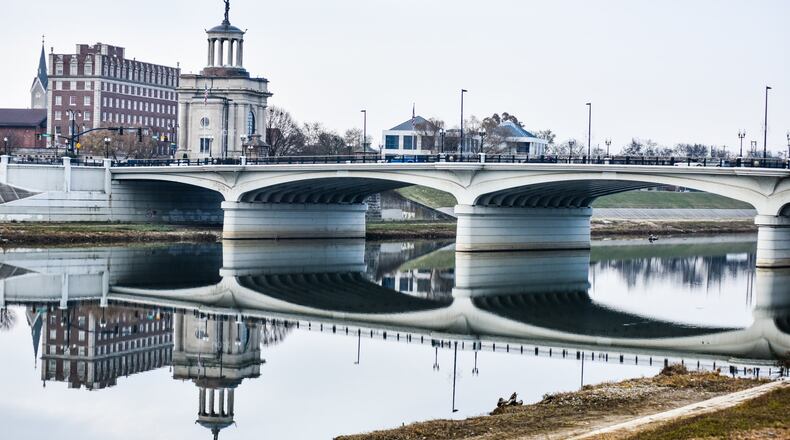“The good news, at least in my opinion, is there is no fracking going on in this area,” McLelland said. “The type of shale that they are in, the Marcellus shale, is more southeast in Ohio,” and not located in this area of the state.
“We’re kind of lucky in that regard,” he said.
Hydraulic fracturing, which is known as fracking, is a recently developed method of extracting oil and natural gas from rocks deep underground by injecting fluids into those rocks at high pressure. It has led to an economic boom for parts of Ohio and elsewhere in the country. But it has brought risks.
The U.S. Environmental Protection Agency recently issued a report that found fracking has harmed drinking water reserves in some circumstances, including when wells are not properly designed to avoid leaking, or when the liquids on the surface leak into the ground or streams.
“I’m not totally opposed to fracking,” McLelland said. “I think there’s some value to it, but at the same time, for folks in the southeast part of the state, I’m sure they’ve got concerns about the potential for groundwater contamination, but fortunately, we don’t have to worry about it in our neck of our woods.”
According to federal figures, the amount of natural gas produced in Ohio grew from 88 billion cubic feet in 2009 to almost 1.8 trillion cubic feet in 2017.
If there were shale of the desirable type in this region, “it would be a pretty difficult thing to stop, because there’s a lot of support for it, both at the state level and nationally.”
Tish O’Dell of the Community Environmental Legal Defense Fund, a Pennsylvania-based non-profit law firm, said fracking isn’t the only issue people wanting to protect water sources in Ohio are facing. Another issue in Williams County and elsewhere is companies that want to export groundwater from one place to another, as one business has sought to do through privatization of the Michindoh Aquifer.
“Someone up there who has a water company wants to put a pipeline in and possibly sell it to suburbs of Toledo,” O’Dell said. “And so all of a sudden, (residents) woke up and went, ‘Oh, my gosh.’ And once you allow one pipeline to go in, that person can then sell that to say, Nestle, or someone else.
“Everyone takes water for granted, and it’s under threat from so many more issues than they even realize.”
About the Author
